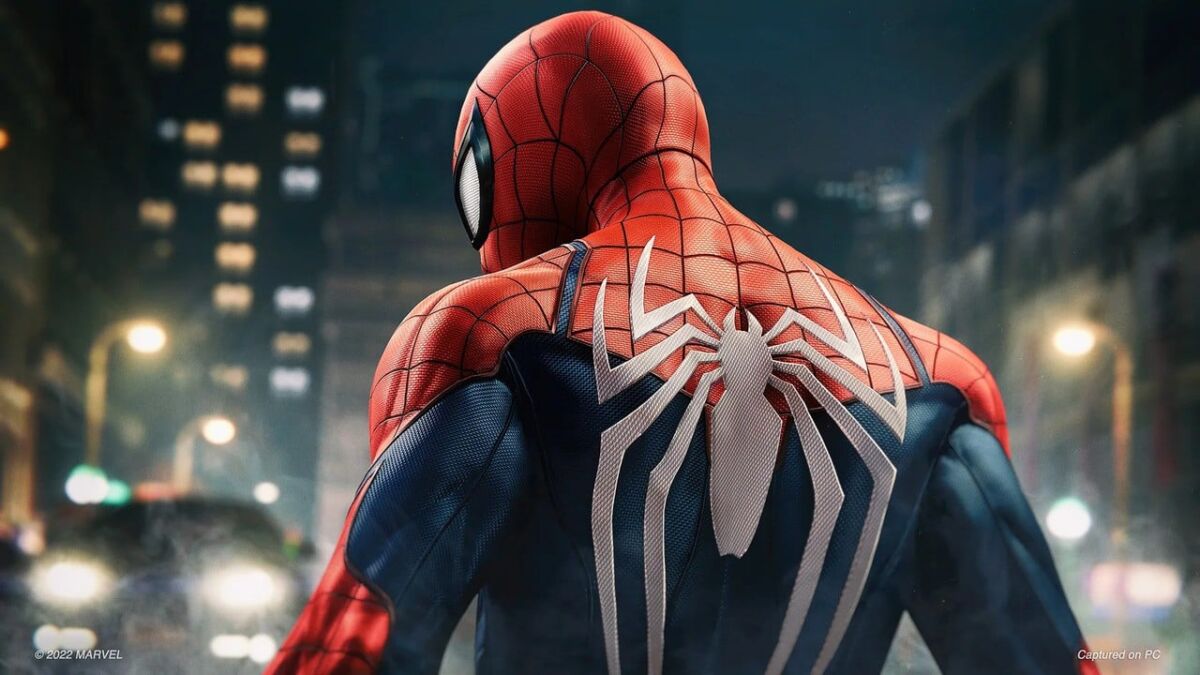Stop me if you’ve heard this one before: “our latest entry in this series is also the biggest one yet, with a huge world to explore, dozens of quests, and hundreds of hours of content.” Back in the 1980s, the hardware limitations of the time meant that games were smaller, simpler affairs that often subsisted on high difficulty and replay value. But technology has flourished over the past four decades, and now, massive, ambitious projects are the order of the day.
While there’s a lot to love about modern video games, there is one trend — particularly in the AAA space — I’m not so hot on anymore: their length. Within the RPG genre alone, 60 hour epics are the norm, and those seeking to achieve 100% completion can expect to spend even longer. A cursory glance at HowLongToBeat.com shows that some of the most popular AAA games of the past few years — from Elden Ring to Baldur’s Gate 3, to the recently released Final Fantasy VII Rebirth — all take well over 100 hours to see and do everything possible.
Lengthy play times like this have also long since gone beyond simply being the consequence of ambitious developers trying to push the boundaries of cutting edge games. It’s become a marketing ploy and an expectation. Developer Techland, for instance, proudly touted that Dying Light 2 would take over 500 hours to finish — a claim that quickly sparked debate on social media, forcing them to clarify that it was for 100% completion. Even then, the actual game isn’t anywhere near that long; it was all marketing fluff to drum up interest. And more recently, in the months leading up to the release of the excellent Like a Dragon: Infinite Wealth, RGG Studio stated in an interview that their latest entry was a “monster-class game”.

And these examples are just from the traditional, standalone AAA releases. Like them or hate them, live service games are a huge part of the modern gaming industry, and their inherent nature of constant updates virtually demands dedicated players clock in hundreds of hours over the course of months and years. It’s no longer just about getting players to spend, but to retain their engagement for as long as possible.
The constant drive to create massive, content filled experiences means that these live service trappings have even made their way into what were once standalone AAA releases. For one, while Assassin’s Creed is no stranger to DLC expansions, starting with Origins, the series would get much more extensive post-launch support, all while the base games grew bloated with content to serve the shift to being open world RPGs. Origins, Odyssey, and Valhalla all received detailed post-launch roadmaps prior to their respective releases. I vividly remember thinking just how absolutely stuffed Odyssey’s Season Pass was; it featured a bonus mission, two new story arcs spread over six episodes, and whole remasters of Assassin’s Creed III and Liberation.
This thirst for content reached its natural conclusion in Odyssey, which debuted a story creator mode where players could customize and share their own quests — all on top of an already huge game that received multiple free updates and a whole season pass. And even then, there was still more stuff released in the years after. Aside from bits and bobs like Assassin’s Creed II protagonist Ezio’s outfit being added as an armor set, there was even a small set of extra missions added to tie in with Assassin’s Creed Valhalla, which itself had already been out for over a year by that point.
Audience expectation plays a part in this ongoing trend too; Marvel’s Spider-Man 2 caught some flak for its relatively brisk 20 hour main story. And it’s not just short games getting criticized, but also that the bigger, beefier experiences are getting praised for how they handle optional content.

These days, video game side quests have grown far more elaborate. Stronger writing and better rewards incentivize more players to engage with optional activities, not just to immerse themselves in the world, but also to better prepare for whatever challenges the main story might present. This is generally hailed as good game design, and while I agree with this sentiment, it still runs the risk of becoming forced grinding and unnecessary padding if done wrong.
I get it, though. At $60 apiece, video games are expensive, and the current generation has seen the rise of the $70 price point, exacerbating the problem. When players spend that much on a game, it’s only natural to want to get as much value out of it as possible. Even in games that handle their optional content well, I feel some pressure to engage with it to ensure I’m getting all of my money’s worth.
But all of this is leading to a sense of fatigue. There’s been a constant stream of fantastic games released over the past several years, yet many of them feel designed to monopolize your time. A game being over 80 hours long no longer feels like the selling point it once was, and I find myself feeling that a lot of titles would benefit from cutting down on the bloat, be it the optional stuff or just slower paced parts of the story that don’t add much to the overall narrative.
The Assassin’s Creed Odyssey example I mentioned above is one of the worst offenders in this regard, being an otherwise fundamentally solid open world RPG brought down by some of the most extreme bloat I’ve seen in the genre. Its rendition of ancient Greece may be massive, but it still manages to be so overstuffed with open world busywork that it actually harms the experience. There’s an overwhelming focus on quantity over quality, and compared to its contemporaries, it suffers from a weak story and unpolished gameplay animations. And unfortunately, despite taking many cues from The Witcher 3, Odyssey’s side quests never quite end up reaching the same heights that its inspiration’s do.

At some point, the question changed from “am I getting my money’s worth?” to “am I going to finish this game in a reasonable time frame, if at all?” This is doubly true for those who have demanding jobs and families to take care of. And chances are, even if you do have ample free time to invest into these massive games, you might get burned out before reaching the end anyways. For an industry that’s championing accessibility and the idea that games are for everyone, the crowds that want shorter, less bloated and intensive games seem to be absent from this consideration, at least in the AAA space.
That being said, there are exceptions to this, and even a potential solution. Released in late 2023, Assassin’s Creed Mirage promised a return to the series’s roots by cutting back the RPG elements. Going by the numbers on HowLongToBeat, much of the fat has also been trimmed out in the process. And at a price point of $50 instead of $60 or even $70, Mirage manages to sidestep the potential issue of being deemed too expensive for its length.
It’s important to note that game development has only been getting more expensive over time, and the rising prices of new releases reflects that. But rather than try to stuff a game with enough content to justify a $70 price point, the success of Mirage proves that there’s definitely an audience out there for smaller scale, less ambitious AAA games that are more affordable in both time and money.
If not that, then at least a focus on quality over quantity would be welcome. There absolutely can be a point where a game is too short for how much it costs, but 20 to 30 hours for a full priced AAA release like Spider-Man 2 seems reasonable, so long as there’s enough polish behind it all to justify the price tag.
Of course, there are already plenty of games out there now that are concise experiences, particularly in the indie space, but barring cases like Spider-Man 2 or Assassin’s Creed Mirage, the marquee releases in a given year still trend towards multiple dozen-hour commitments. Sure, you can cut down that amount of time dramatically by playing on lower difficulties and skipping optional content. But when the likes of Baldur’s Gate 3 still demand anywhere between 40 to 60 hours — if not even more — for just the main story, there’s an argument to be made that sometimes, less is more.
READ NEXT: Canceled & Abandoned DOOM Games We Want To Rip Into
Some of the coverage you find on Cultured Vultures contains affiliate links, which provide us with small commissions based on purchases made from visiting our site.

